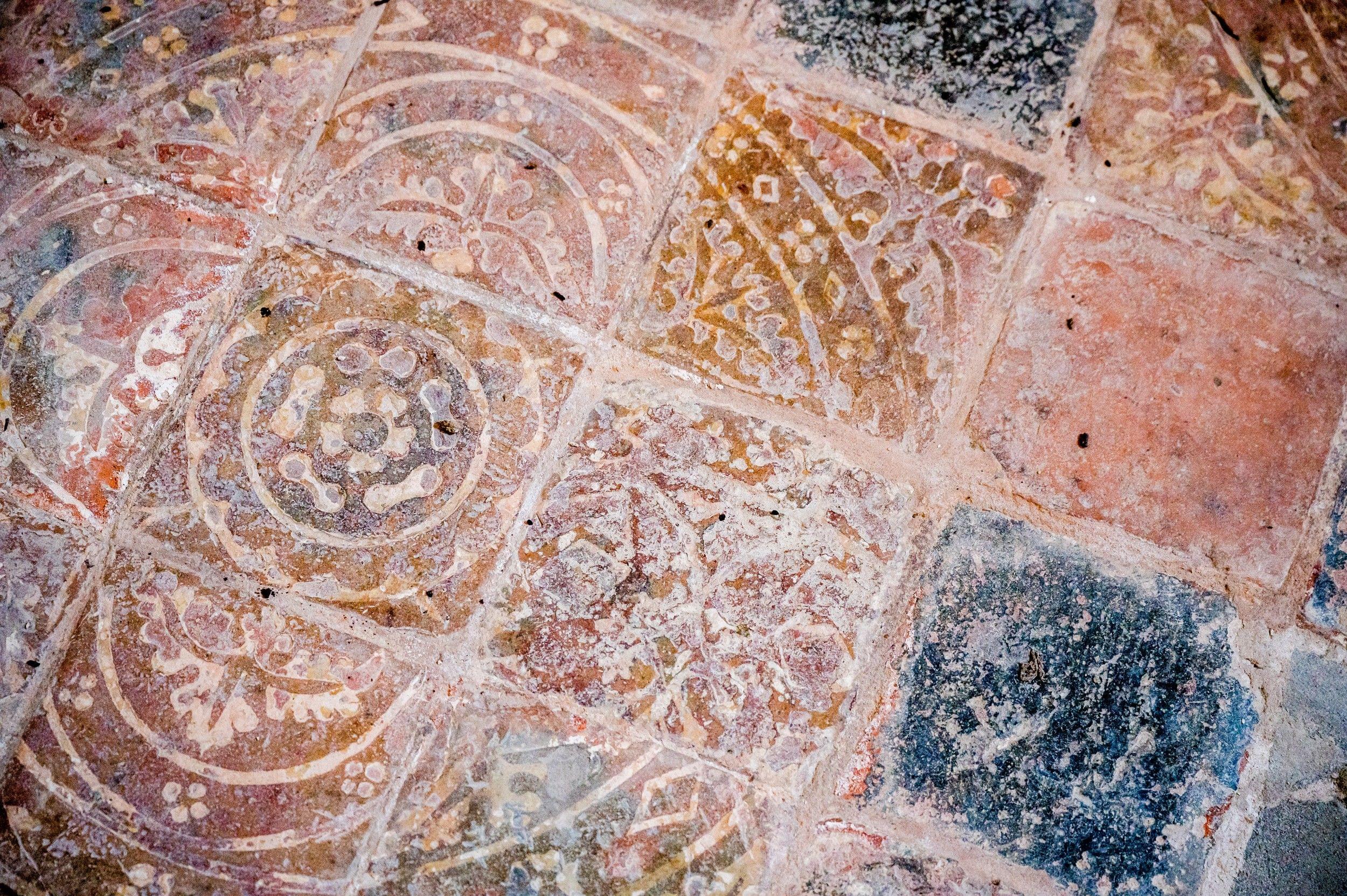The chapel was consecrated for use on 17 July 1395. Its prime importance in Wykeham’s scheme for the College is shown by its size.
The layout of the chapel in the 15th century, with its rood screen, its various altars, images and tabernacle reflects its use for the daily round of services. Each day the Offices of Prime, Tierce, Sext, None, Vespers and Compline would have been sung along with High Mass at about 10am as well as other Masses for Our Lady and Requiems.
The upheaval of the Reformation saw the destruction of the statues on the reredos (the ones we see today were added in 1877) and the roodloft. In 1551 the altars were demolished but rebuilt on the accession of Mary I in 1553 and again demolished under Elizabeth in 1562. A table acted as replacement and this was renewed in 1636. The Warden and Fellows appeared to follow with some alacrity the changes of religious opinion in respect to altars!
All that now remains of the original building is the shell, the stone walls and the fan vaulting of the timber ceiling together with some of the stalls in the choir. In the back rows there are still a number of carved misericords.
One of the glories of the medieval chapel was its scheme of stained glass windows by Thomas of Oxford. Thomas provided a portrait of himself at the base of the original east window and on the other side, are depictions of the master carpenter (Herland), the master mason (Wynford) and the Clerk of Works Simon Membury. In the east window was represented the Stem of Jesse.
Little mention in this short account of the chapel has been made of Butterfield’s mid nineteenth century 'restoration' or of the many small changes made over the centuries. Each age views change differently and it is easier for those in the present to look back and wish that matters had sometimes taken a different course. But whatever the past has changed we are still able to recognise chapel as an exceptional building with its feet still firmly placed in the 14th century.

